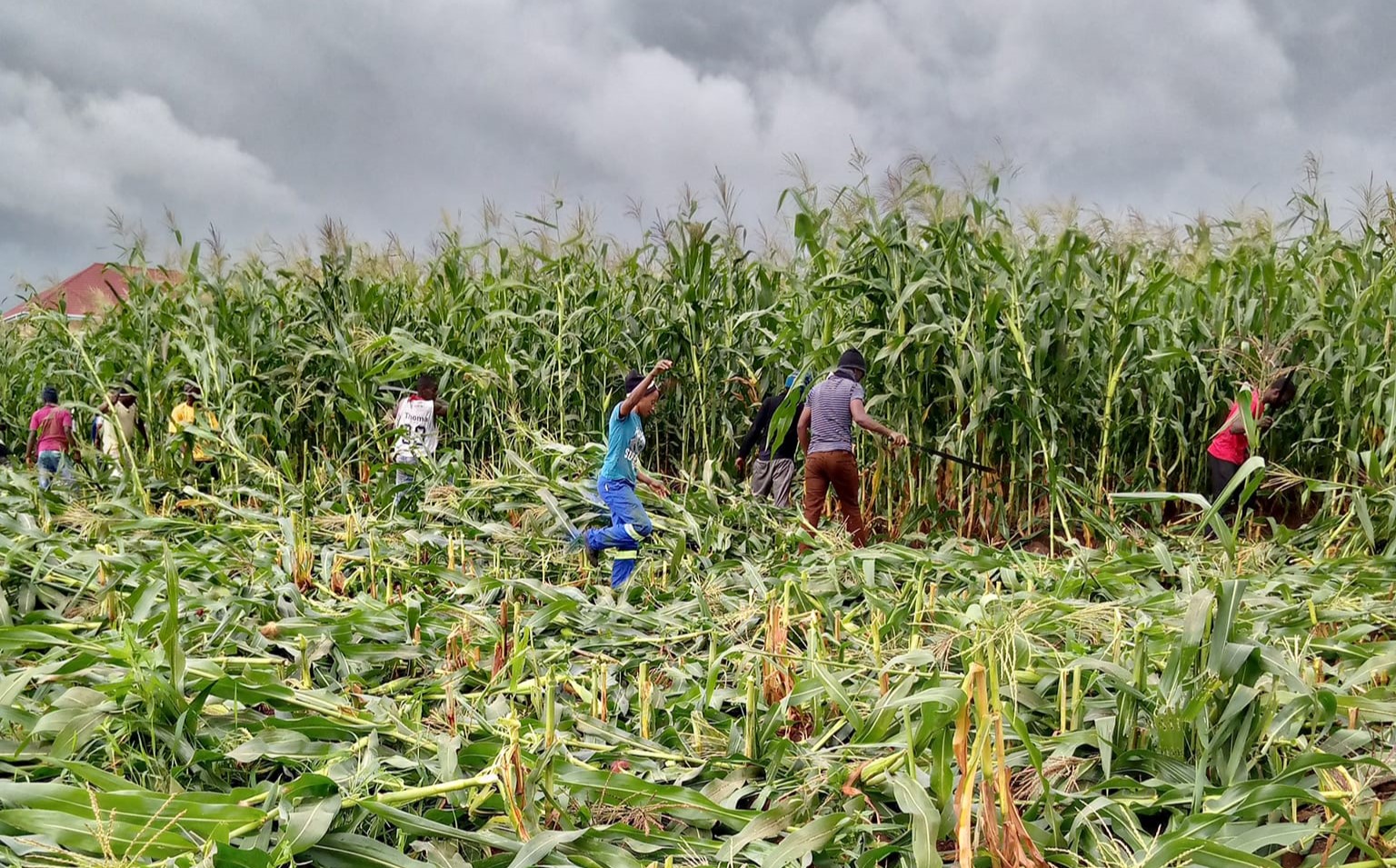From chaffy archives: The tragic cost of irresponsible public debt management
This week’s lamentations from the Malawi Economic Justice Network (Mejn) that the country could be stuck with high poverty levels if it does not manage its public debt responsibly sent me back in time; in 2015 when this column discussed this matter in detail. I thought it would be relevant to reprint it today in view of the economic think tank’s latest warnings two years later.
So, the latest debt sustainability analysis for Malawi—jointly carried out by the World Bank and the International Monetary Fund (IMF)—shows that this country is at risk of debt distress!
Total public debt—both domestic and external—is now estimated at $2.59 billion at the end of 2014.
Public and publicly guaranteed gross debt sharply swung from 57 percent of gross domestic product (GDP) in 2012 to 72.1 percent in 2013 and was projected to be about 76 percent of the economy at the end of 2014.
Obviously the huge appetite for Treasury Bills (TBs) to finance the recurrent budget in the wake of budgetary support freeze, Capital Hill’s atrocious debt management, reckless spending and brazen theft as seen in Cashgate, is the major source of the domestic debt pile up.
The crowding out effect of such huge local borrowing is out there for all to see—private sector credit uptake for expansion and operations has become so expensive that most businesses have opted for scale-backs or just close shop and walk away. The situation is likely to stay this way in the medium term because the fiscus has not demonstrated anything that shows course correction anytime soon.
Now, of the $2.59 billion, roughly $1.4 billion (at least as at early this year) or around 54 percent of the national debt was externally contracted, according to some Treasury officials.
How did we get here given that just about nine years ago in 2006, our debt ratios sharply dropped thanks to debt relief, which saw around 90 percent of the country’s foreign debt written-off.
The forgiveness, coupled with impressive growth averaging seven percent between 2006 and 2010 as well as aggressive fiscal consolidation—allowed Malawi to attain a sustainable debt situation, such that by 2006 the country’s external debt was under 15 percent of GDP, according to the IMF and World Bank.
Prior to debt cancellation, foreign debt—estimated at 150 percent of GDP at the time—dropped from nearly $3 billion to just over $400 million.
That sharp fall helped the country save at least $115 million annually in external debt servicing costs, which was supposed to be ploughed back into the economy in form of pro-poor programmes. But, as we all know, most of that resource package vanishes.
Furthermore, being what our government is, they started borrowing recklessly again so much that by the end of 2008, say the Bretton Wood bodies, external debt climbed to $683 million, 90 percent of which was multilateral, with the balance being official bilateral debt.
Since then, it has more than doubled to the $1.4 billion mentioned earlier. Don’t get me wrong, as a country we cannot survive without borrowing externally, especially with our weak terms of trade emanating from a concentrated export base and the import dependent structure of our economy.
The on-and-off nature of budgetary support has not helped matters either. In a nutshell, we never have enough international foreign reserves to cushion ourselves as paralyzing shocks such as a sharp rise in international oil prices, for example.
The limited nature of our tax and non-tax revenue base, which results in huge budget deficits that require foreign loans, worsens the pressure.
And when there are internal shocks such as floods and droughts that hurt our rain-fed agriculture-reliant economy—which essentially is ruled by maize production—the fiscal impact is massive.
So, yes, we cannot do without borrowing—both locally and externally. The problem is that there are important debt questions that we always get wrong and which result in unsustainable debt levels. These are twofold: what do we borrow for and how do we manage the loans?
To its credit, Capital Hill picked some lessons from the pre-debt relief days and, wisely, designed a Debt and Aid Policy.
While yet to be approved by Cabinet, the country is supposedly using this policy, whose thrust is that Malawi should only borrow concessionally and mostly for investment or production.
This was to ensure that borrowed finances generate resources either directly or indirectly through multiplier effects to enable the country repay the loans from returns on investment.
That has not been the case so far; hence, our debt levels are now putting the country into the distress status and inching it towards unsustainable levels.
There are several cases where we have borrowed purely for consumption, thereby adding unproductive burdens.



